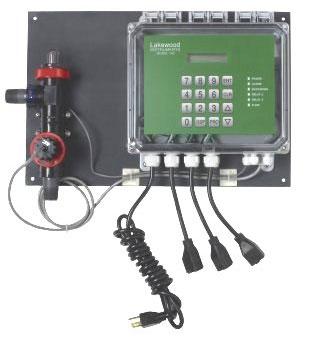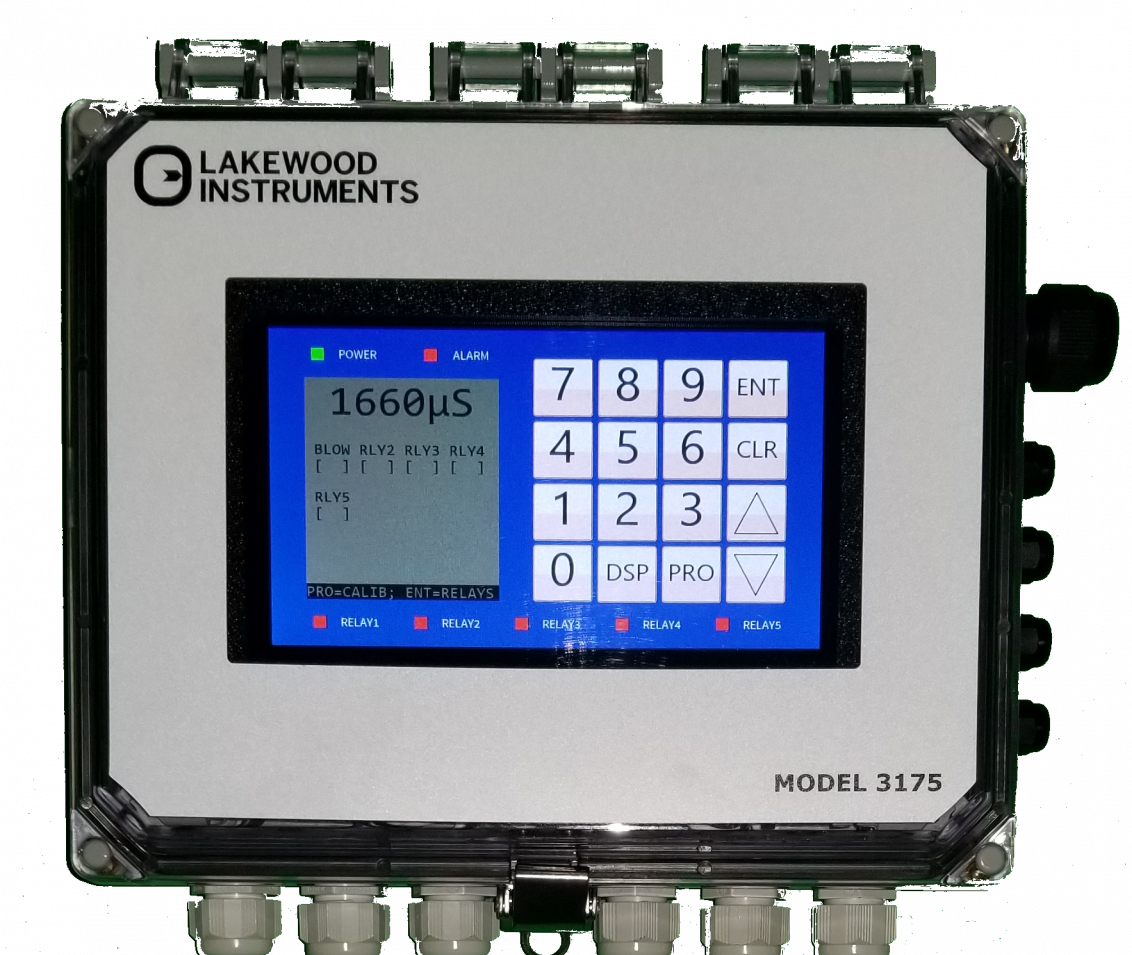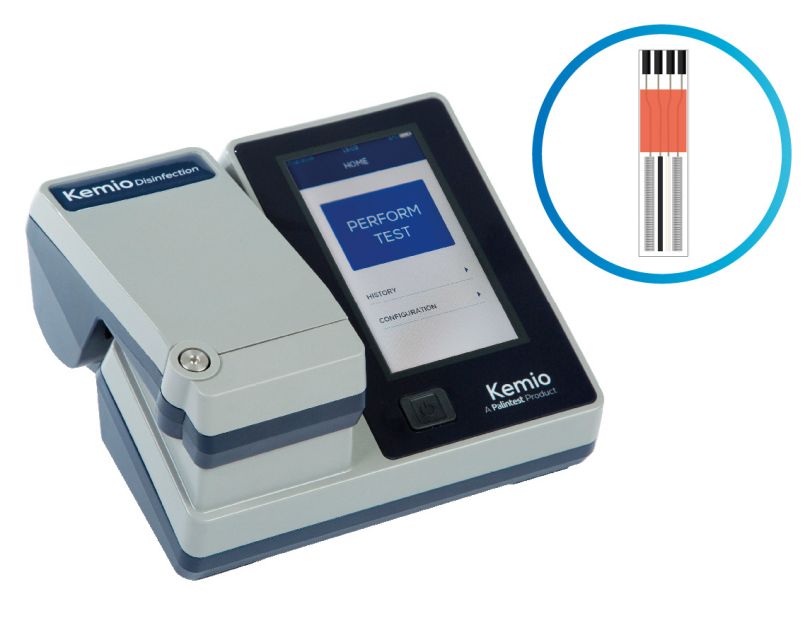Fundamentals of water for Boilers
October 25, 2016 0 Comments

Water for boilers
All natural waters contain varying amounts of suspended and dissolved matter as well as dissolved gases. The type and amount of impurities in fresh water vary with the source (lake, river, well) and with the area of location. Impurities in water become an important consideration when water is to be used for steam generation. With the trend toward higher-pressure boilers, pretreatment has become the key to successful operation of industrial power plants. Feedwater must be pretreated to remove impurities to control deposition, carryover, and corrosion in the boiler system. Poor quality water gives poor quality steam. The first step in any treatment is filtration of suspended solids. On the basis of proven satisfactory performance, cost, and other considerations, cartridge filters are a practical solution to most problems of water clean-up.
Physical properties of water
Pure water is a tasteless, odourless, colorless liquid. Because water can be converted to steam at a convenient temperature, it is an ideal medium for generating power or conducting heat.
Chemical composition of water
Pure water, H2O, is a simple combination of hydrogen and oxygen. There are, however, several hybrids forms of water in all supplies. Water often contains about 300 ppm of deuterium oxide, D2O, or ‘heavy water’. It has no use as drinking water or in making plants grow, but in pure form has found use in nuclear reactors. For all practical purposes only ordinary water, H2O, is considered for use in boilers.
Boiling temperature
The boiling point of water is dependent on pressure. At sea level atmospheric pressure, water boils at about 212oF. With increasing pressure, the boiling point also increases. At a pressure of 200 psig, for example, water boils at a temperature of about 388oF. At the critical pressure of 3200 psig (where water is converted to steam without change in volume), the boiling point is 704oF. As the pressure decreases, the boiling point of water decreases. Under vacuum water will boil at temperatures as low as 35oF.
Water – an ideal medium for carrying heat energy
It takes one BTu (British Thermal Unit) to raise temperature of one pound of water 1oF. It takes an additional 970 Btu to change one pound of water, at boiling point, to steam. This heat energy is stored in the steam and when it condenses, the energy is given off. Thus much of the heat from burning fuel can be absorbed by boiler water, transported with the steam, and released at the points of use.
Impurities in water
All natural waters contain various types and amounts of impurities. These impurities cause boiler problems and as such consideration must be given to the quality and treatment required of the water used for generating steam. For any type of treatment, sediment filtration (usually with cartridge filters) is the first step.
Natural water
Natural waters contain suspended matter, dissolved solids, and dissolved gases. Water being a universal solvent dissolves minerals, rocks and soil that come into contact with it. It dissolves gases from air and gases that are given off from organics in the soil. It picks up suspended matter from the earth. Additionally it may also be contaminated with industrial wastes and process materials.
Dissolved minerals
Dissolved minerals picked up by the water consist mainly of calcium carbonate (limestone), calcium sulfate (gypsum), magnesium carbonate (dolomite), magnesium sulfate (epsom salts), silica (sand), sodium chloride (common salt), hydrated sodium sulfate (Glauber salt), and smaller quantities of iron, manganese, fluorides, aluminum, and other substances. The nitrates and phosphates found in water are usually due to sewage contamination.
Water hardness
Water containing high amounts of calcium and magnesium minerals is ‘hard water’. The amount of hardness in natural water can vary from a few ppm to 500 ppm. Calcium and magnesium compounds are relatively insoluble in water and tend to precipitate out. This causes scale and deposit problems. Such water must be treated to make it suitable for steam generation.
Dissolved gases in water
Water contains varying amounts of dissolved air (21% oxygen, 78% nitrogen, 1% other gases including carbon dioxide). Water can contain up to 9 ppm oxygen at room temperature and atmospheric pressure. As the temperature increases, the solubility of oxygen decreases, but water under pressure can hold higher amounts of dissolved oxygen. Nitrogen, being inert, has little effect on water used in boilers. Water can contain 10 ppm of carbon dioxide, sometimes much more than that due to decaying vegetation and organics in soil. Hydrogen sulfide and methane may be dissolved in water but this is rare. These gases can be troublesome when they are present in the feed water.
Other impurities in water
Natural waters contain varying levels of soil, sand, turbidity, colour, precipitated minerals, oil, industrial wastes and other suspended solid particles. Turbidity is due to very fine organic materials and microorganisms, as well as suspended clay and silt. Colour is due to the decaying vegetable matter.
More to come....
Also in Blog

Advanced Cooling Tower Management: Enhancing Efficiency with Lakewood Model 140
February 28, 2024 0 Comments

Optimizing Cooling Tower Performance: Understanding Efficiency, Maintenance, and Water Quality Management
February 28, 2024 0 Comments

Revolutionizing Water Analysis: Everything You Need to Know About the Kemio KEM10DIS
April 19, 2023 0 Comments

